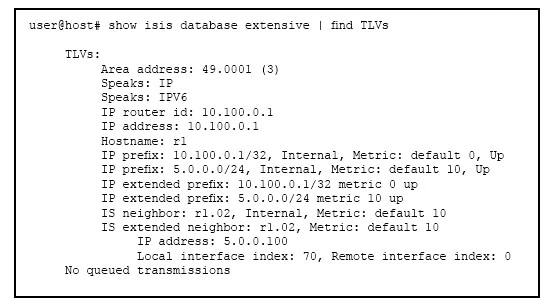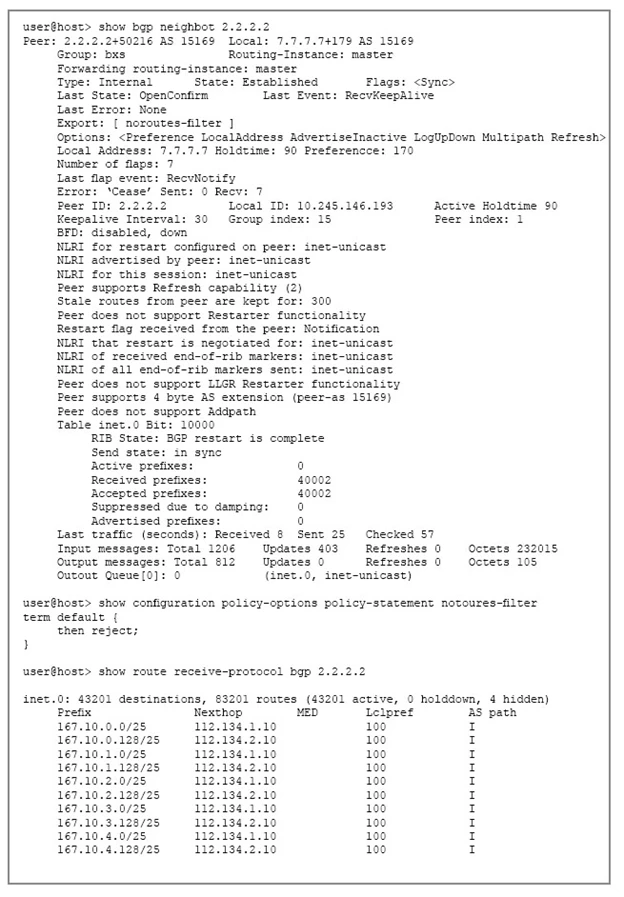Enterprise Routing and Switching, Specialist (JNCIS-ENT)
Here you have the best Juniper JN0-347 practice exam questions
- You have 136 total questions to study from
- Each page has 5 questions, making a total of 28 pages
- You can navigate through the pages using the buttons at the bottom
- This questions were last updated on December 3, 2025
- This site is not affiliated with or endorsed by Juniper.

